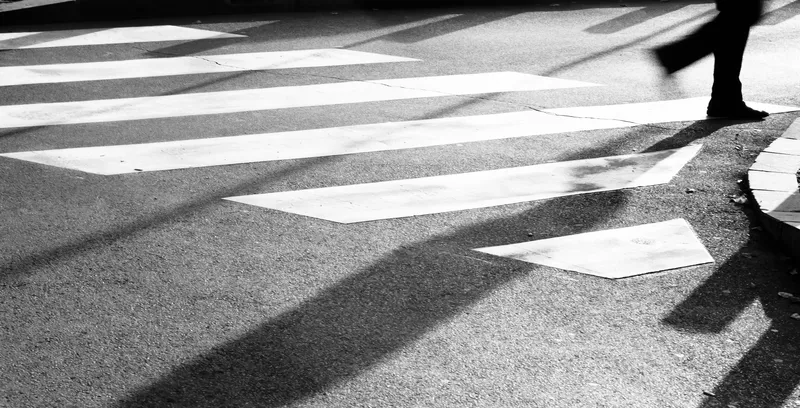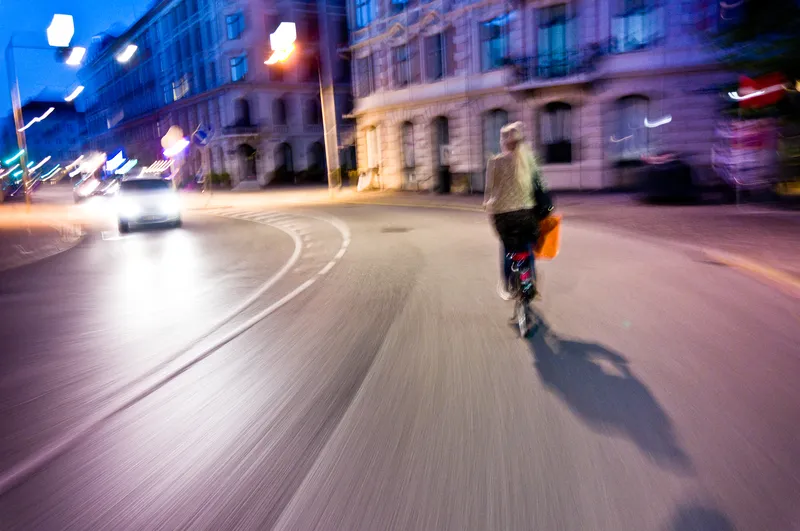
VivaCity is to collect anonymised data by using AI-based video analytics sensors, and TRL is to analyse the data, for a trial of basic pedestrian crossings in Wales.
The Welsh Government has commissioned a trial of 'non-prescribed' simple zebra crossings at three locations in Cardiff "to understand the impacts and user perceptions".
A 'prescribed' zebra crossing must have a series of alternate black and white stripes with 'give way' lines on either side, a Belisha beacon at each end, a line of studs marking the crossing area and zigzag markings.
However, the simplified non-prescribed crossings in this trial use the black and white zebra markings and give way lines, without all the other features - making them quicker to install and easier to maintain.
VivaCity says two sensors are installed at each crossing site. Wide-angle lenses are used to capture movement data on the crossing itself and motor vehicle and cyclist turning data from the main road onto the side road at the approach to the crossing.
The area surrounding the crossing is divided into seven sections within the sensor’s field view: movement and speed data from these segments illustrate road user behaviours and patterns in response to the crossings and road safety consequences of their installation.
These datasets are provided to TRL for analysis.
Key insights the data will identify include the Give Way behaviours of vehicles and cyclists when a pedestrian is using the crossing and how the presence of the side zebras is influencing where pedestrians cross the road.
In addition to this it will also be possible to understand how vehicles alter their behaviour on the approach to the crossing, and to what degree this changed following the installation of the crossing.
The locations - Station Road/ Evansfield Road; Station Road/ Hawthorn Road; and EastBishops Road/Merthyr Road - have been chosen because they have high pedestrian footfall and already have existing infrastructure in place in terms of dropped kerbs, tactile paving, parking restrictions and 20mph speed limits.
TRL will also conduct user perception research, including with disability groups.
A report will be published setting out the results early in 2024, and the results of the trial will help to decide whether regulations should be changed to allow simplified zebras to be installed in other locations.
A decision on whether to retain the crossings at the three trial locations in Cardiff will depend on the outcome of the trial.









